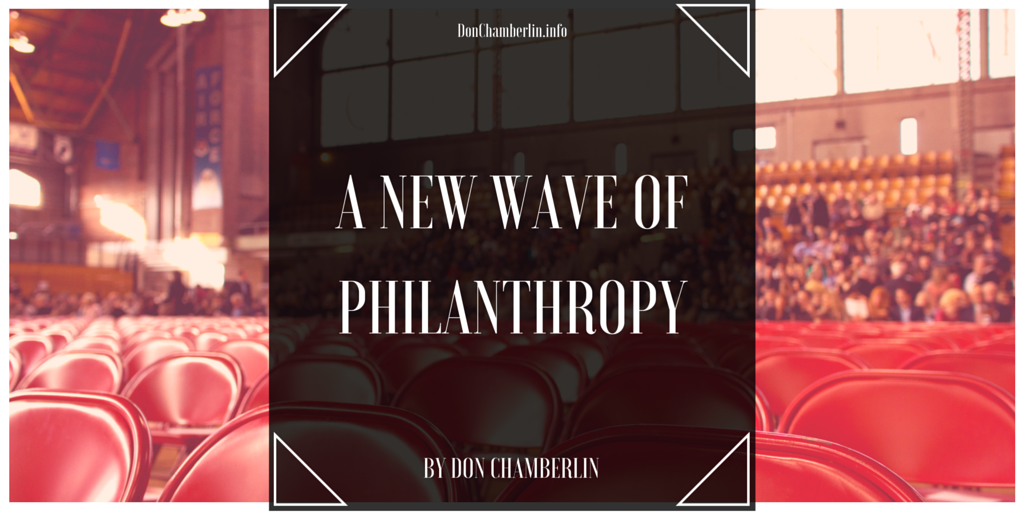Traditionally, philanthropic efforts have been fairly localized and dictated by somewhat limited exposure to causes, often introduced through religion or specialized education. But nowadays, thanks to changes in technology and the way newer generations interact with that technology, the way people give is radically changing.
Laura Arrillaga-Andreessen, a philanthropist and philanthropy professor at the Stanford Graduate School of Business, sees a noticeable trend in millennials. As she claims, they are a generation that are eager to give. She attributes these philanthropic interests to a few key factors.
First, technology has allowed this generation to be more aware of the world and the needs around them. Technology and philanthropy have begun to converge in a way where people are more informed of how they can help and who needs help, but moreover technology has made the process of donating easier and more accessible for people in all social classes.
As Arrillaga-Andreessen recently told the Wall Street Journal, “millennials have more social consciousness than any other generation.” This is illustrate by a 2012 study where 72% of college students said working for a firm that creates some kind of social impact is important to their happiness, and 65% of those college students would take a pay cut to work for those kinds of companies.
As philanthropy and technology continue to meet, trailblazing companies like Airware and Palantir Technologies set high standards as to how far for-profit organizations can incorporate non-profit and pro bono work into their initiatives for the greater good. For example, Airware is a commercial drone company that uses its drones to help protect African rhinos from poachers. Palantir Technologies uses its data analytics to deploy and analyze slave trafficking and natural disasters in developing countries. While Airware and Palantir Technologies have figured out useful ways of giving back through the services they provide on a regular basis, not everyone has caught on to the new way of philanthropy.
According to Arrillaga-Andreessen, the goal is to teach people on how to give back effectively, to have companies reprogram how they operate as a business and incorporate philanthropy as part of their purpose. Change has already begun to happen; now it’s just a matter of time. Arrillaga-Andreessen is confident that eventually even mobile phones will facilitate philanthropy by enabling services like mobile micro financing, money transfers, etc.
At the end of the day, philanthropy is about giving back, no matter the amount. It’s not something only those who are affluent enough can do. Giving back can take many shapes and forms. Giving back can be defined by a monetary contribution, by volunteer time, by offering services, etc. It’s exciting to see a new wave of philanthropy emerge. Technology will help us spread the good news.
